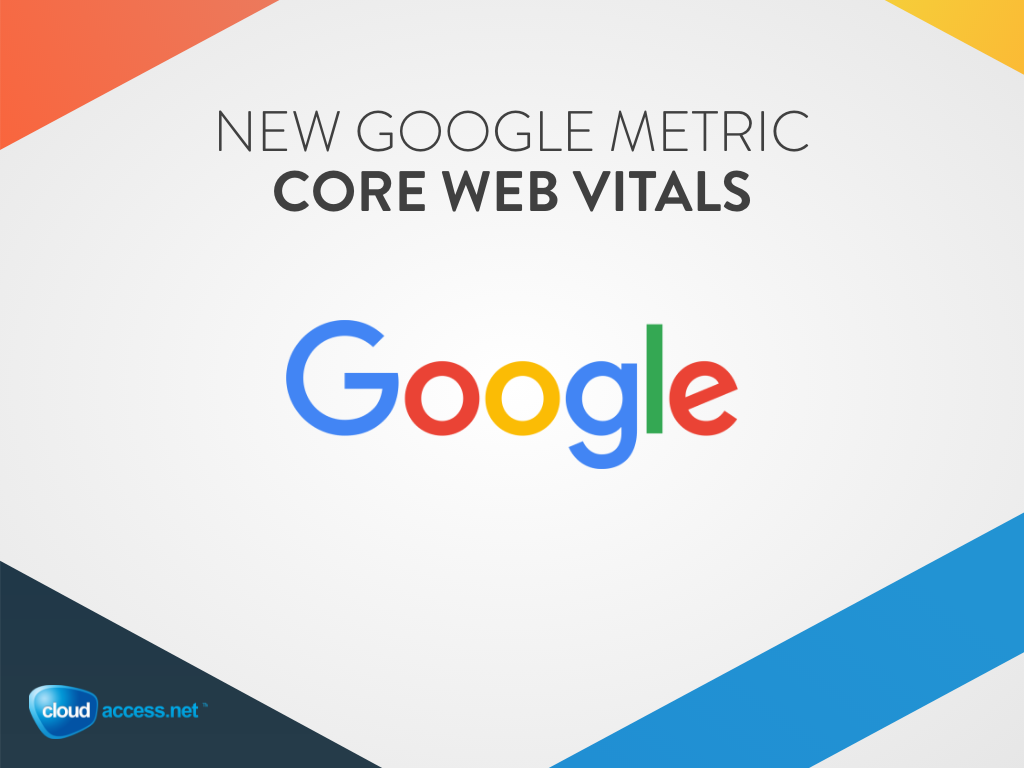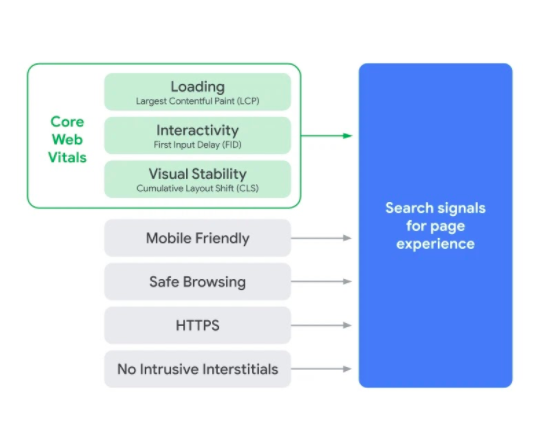Get ready for the Google’s new set of metrics: Core Web Vitals
Google pays a lot of attention to the on-page experience and we know this from 2010. That's when it was announced that they would take site speed into account while determining rankings. 8 years later, Google decided to follow up with the page speed ranking factor also in the mobile search results. This year, on May 28th, they announced yet another update: a new set of metrics called Core Web Vitals which will roll out in May next year.
What are Core Web Vitals?
Core Web Vitals include three factors: loading (Largest Contentful Paint LCP), interactivity (First Input Delay FID) and visual stability (Cumulative Layout Shift CLS). Simply put, Core Web Vitals are a page experience metrics created in order to determine what type of experience visitors get when they land on your website. As you can see below, the new page experience signals combine Core Web Vitals with other search signals that already exist, such as mobile-friendliness and safe-browsing. To track your Core Vitals you need to go into the search console and look at each web property on a case-to-case basis. After pulling your report you can now make some changes. Remember that Core Web Vitals and SEO go hand-in-hand which means that without providing these ranking factors you can forget about high ranks. As we can read at Google's blog:
„While all of the components of page experience are important, we will prioritize pages with the best information overall, even if some aspects of page experience are subpar. A good page experience doesn't override having great, relevant content. However, in cases where there are multiple pages that have similar content, page experience becomes much more important for visibility in Search".
by Google
What does it mean for my website?
With the help of these new metrics, websites will be ranked based on the quality of a given page. For example, websites that are optimized for mobile browsing will be higher ranked than those who are not. As Google says:
„Through both internal studies and industry research, users show they prefer sites with a great page experience. In recent years, Search has added a variety of user experience criteria, such as how quickly pages load and mobile-friendliness, as factors for ranking results"
by Google
If your website is one of many websites that already provide these factors, you can sleep tight, there's no worries. If you're not… It's a completely different story. Many business owners still underestimate the benefits that they can receive by increasing user experience on their website. 88% of online consumers are less likely to return to the website after a bad experience and this should convince you to take care of your UX. As we've stated in our previous blog about User Experience (https://www.cloudaccess.net/fresh/blog/entry/2020/10/20/all-you-need-to-know-about-user-experience-but-were-afraid-to-ask.html), UX defines users' impressions of a website based on how easy and pleasant it is to use. By increasing user experience, you will create a more desirable place for your clients to interact with your brand. Remember that it takes about 0,05 seconds for users to form an opinion about your website.
Related Posts



